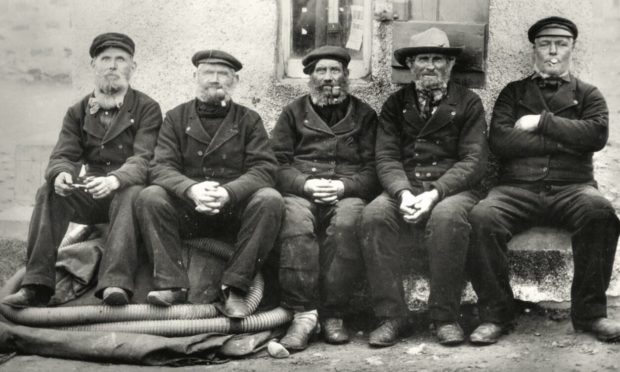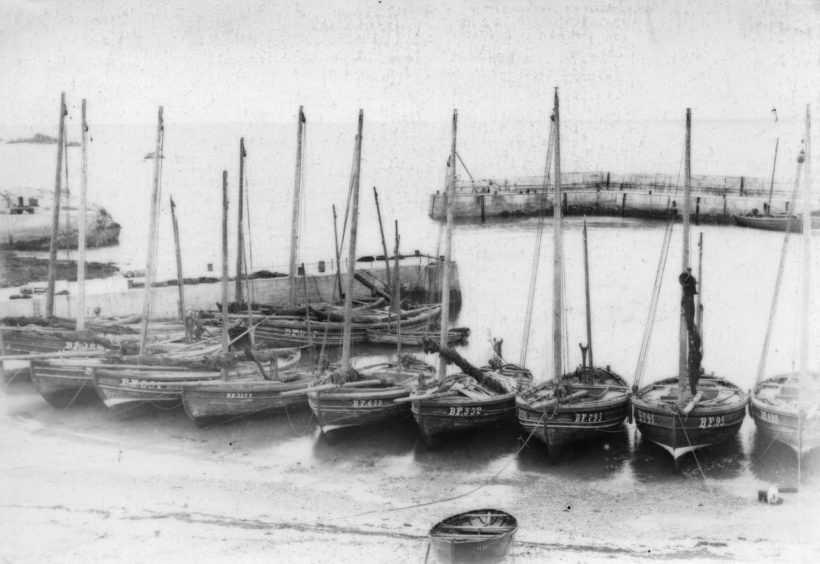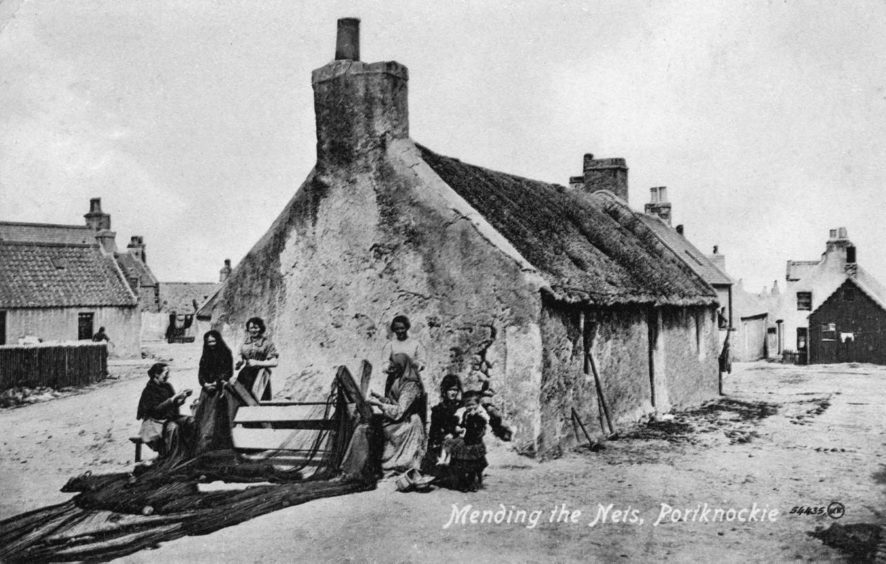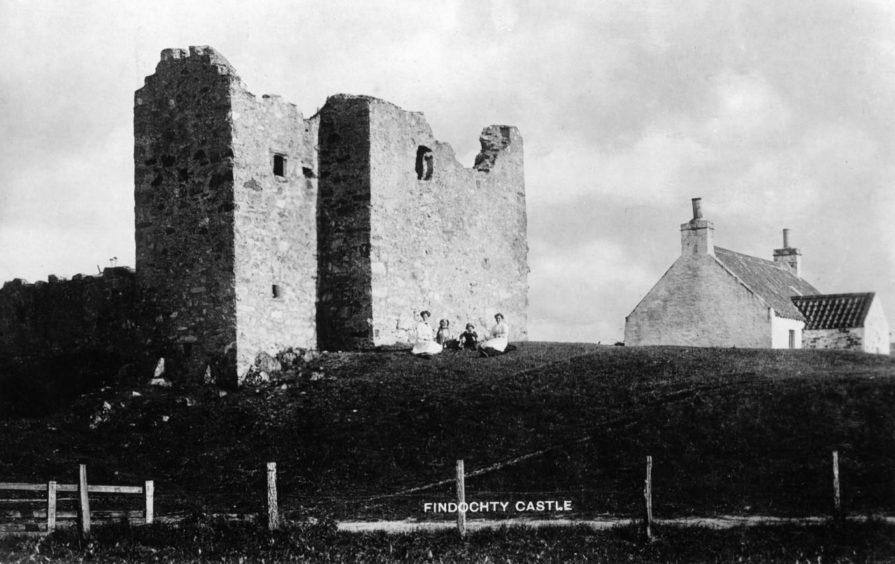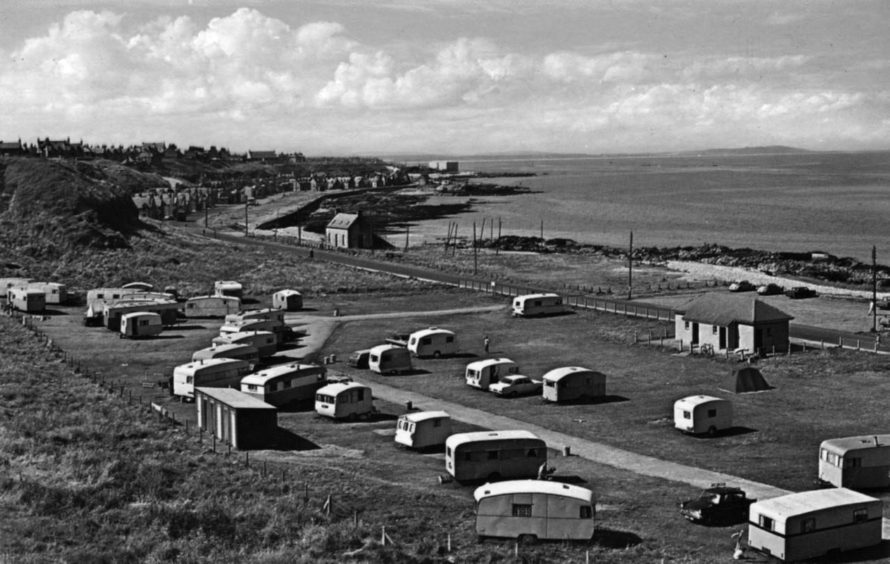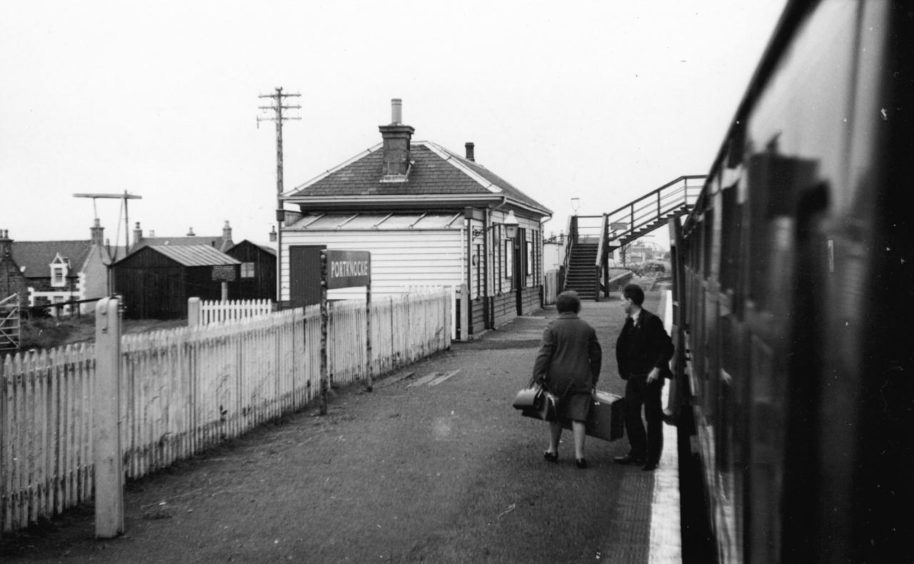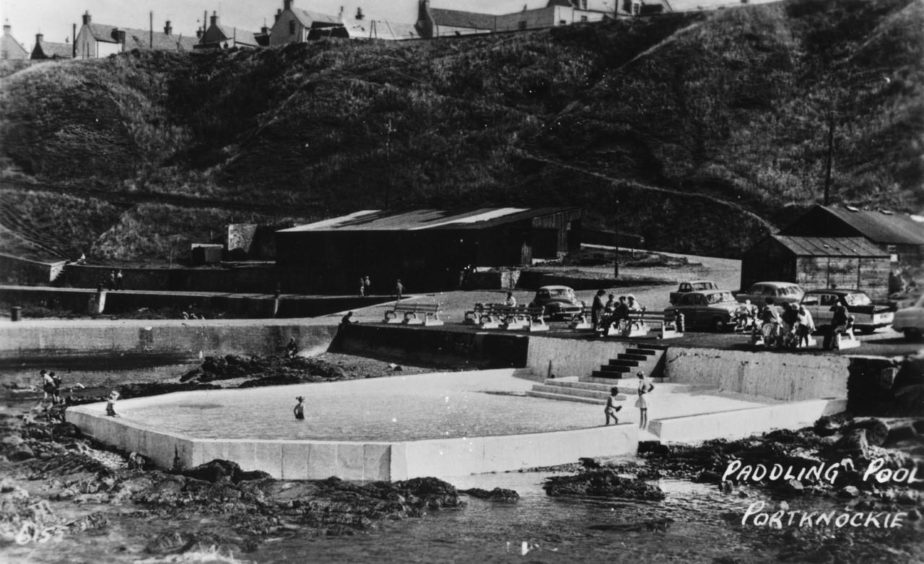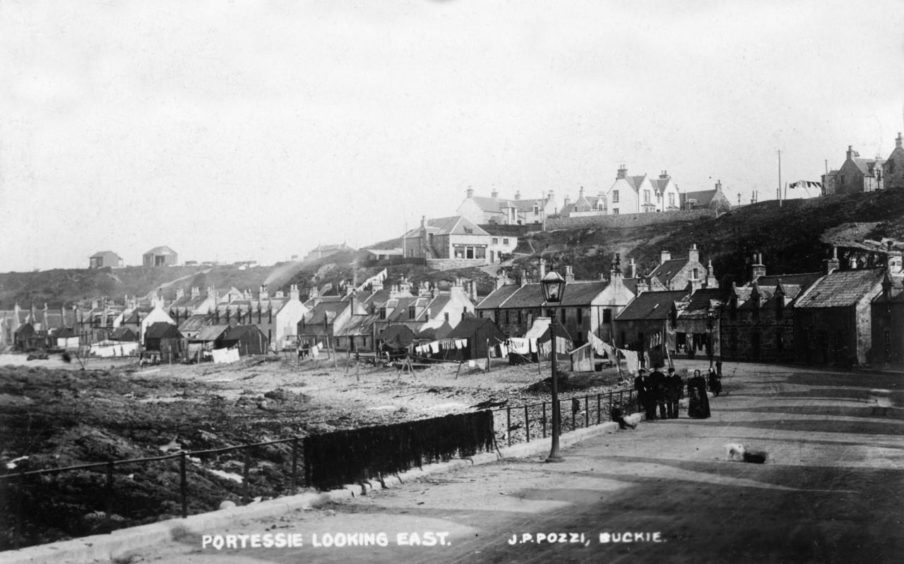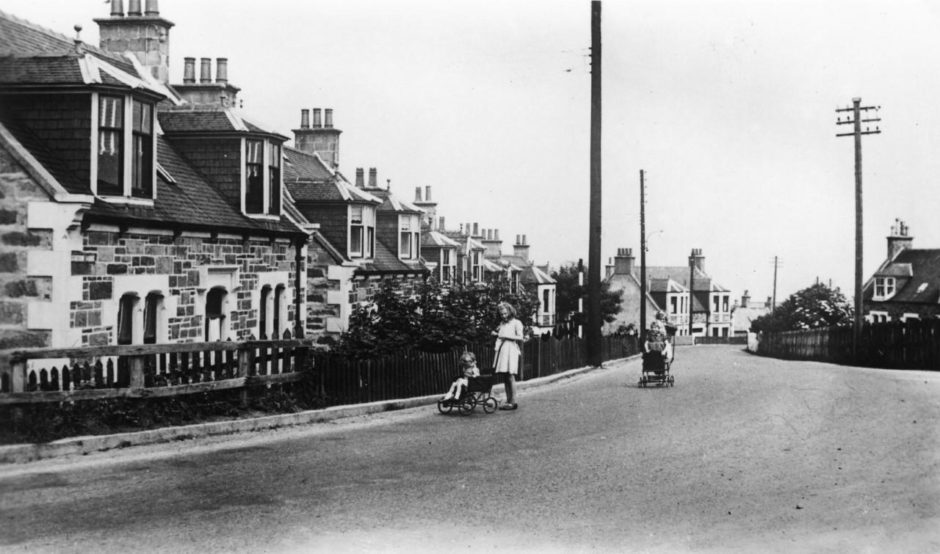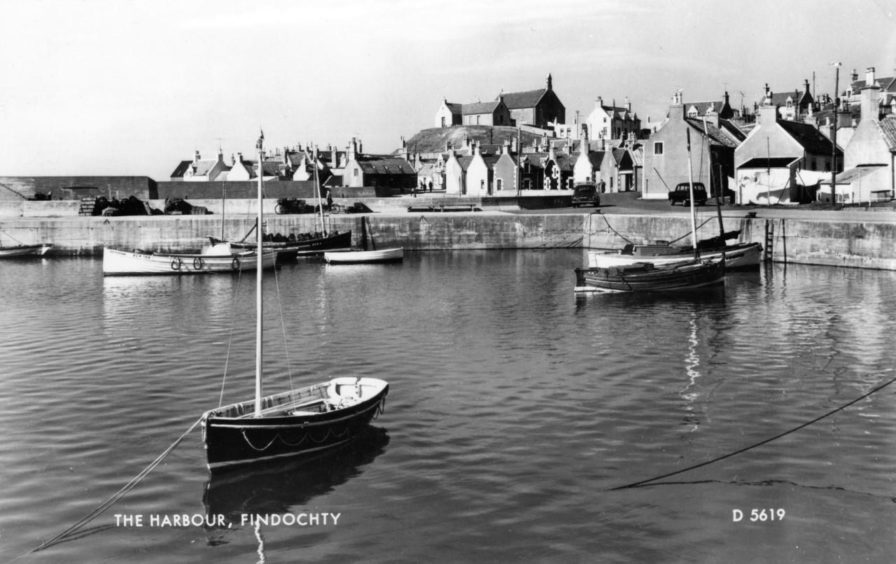They are villages that were part of a thriving fishing industry between the 17th and the early 20th centuries.
Nowadays, though, the harbours at Portknockie, Findochty and Portessie are much quieter than they were 100 years ago and a new book about these old communities reflects the dramatic changes that have happened.
Portknockie dates back to 1677, while Findochty was founded in 1716 by fishermen from Fraserburgh, and Portessie goes back to 1727 when a group of Findhorn seafarers settled there and established the community.
However, author Douglas C Lockhart has chronicled how these places have been affected by modernisation and the Beeching railway cuts, which had a negative impact on the quality of train services in the north east.
And the poignant pictures tell their own story about the transformation.
Mr Lockhart said: “Substantial harbours were built in Portknockie and Findochty in the 1880s, but this was a period of transition due to the rundown of local line fishing when steam trawling expanded.
“As a consequence, communities in Banffshire turned increasingly to herring fishing. The larger sail fishing boats of the late 19th Century and steam drifters made full use of these harbours.
“But proposals to build a harbour for Portessie at Craigenroan failed to materialise and its population remained fairly static.”
There was always hard work to be undertaken by both the fishermen, who went to sea whatever the weather, and their families who frequently had to make a little go a long way, particularly during the winter.
But, regardless of the often harsh living conditions, the population rose in Portknockie from 1,102 in 1881 to 1,560 in 1901 and in Findochty from 936 to 1,501 during the same period.
Buckie Town Council recognised that it had to adapt to meet the needs of their communities, but struggled to find the best way forward.
Mr Campbell added: “There were initiatives (by the local authority) to foster leisure and holiday facilities during the 1930s, when the market for herring had faltered.
“(This brought) an 18-hole golf course, an open-air swimming pool, a hotel (Strathlene House) and a caravan site from 1955.
“These are reminders of an era when leisure facilities were created for local people and to attract city dwellers, often from central Scotland, who visited in large numbers in the days before package holidays to the Mediterranean became popular.
There were also efforts to enhance the rail network in the area during the Victorian era and the first half of the 20th Century, but although the opening of the new Coast line between Portsoy and Elgin in 1886 was a success, the majority of these stations subsequently fell victim to the Beeching cuts.
The book carries several evocative illustrations of these times but Mr Lockhart discovered that the stations were rarely packed and not particularly well used by the local residents, which meant it wasn’t a surprise when the curtain was brought down on these services.
He said: “Clearly, the Coast Railway in today’s network might have better success than it did in the mid-1960s.
“It could be promoted like the Fort William-Mallaig line with steam trains had it survived.
“However, I remember being on holiday in Fraserburgh in August 1965, two months before the line to the Broch lost its passenger services, and there were very few people travelling by train.
“Today, the Bluebird bus that follows, broadly speaking, the Banffshire coast on a regular basis is never full.”
The author doesn’t sugar-coat the manner in which fishing has ebbed since the halcyon days without anything adequately replacing it.
He said: “The decline in maritime industries is reflected in the lower populations (of the villages), of which a significant proportion are elderly.
“Very few local shops remain open, unable to compete with supermarkets in Buckie and other towns, and the good road network means that commuting to work is widespread.”
Children feature in many of the images and are clearly having a ball playing a variety of different games on streets with very few cars in the equation.
But even as housing spilled on to land above the brae in Portessie and along arterial roads in Findochty and Portknockie, many youngsters began searching for places at university and travelling to the bigger towns and cities.
There was nothing unique about this. Yet while fishing continued across the north-east, it held little appeal for many folk as the 20th Century advanced.
Mr Lockhart’s book was researched in late summer and the autumn of 2019, before the Covid pandemic struck the world.
He visited all three places on several occasions and also carried out extensive library/archive research in Elgin and in Edinburgh at the National Records of Scotland and the National Library.
His labours testify to the seismic changes in rural life in Scotland – and the challenge will be to reinvigorate these small villages in the future.
Old Portknockie, Findochty and Portessie is now available from Stenlake Publishing at www.stenlake.co.uk
